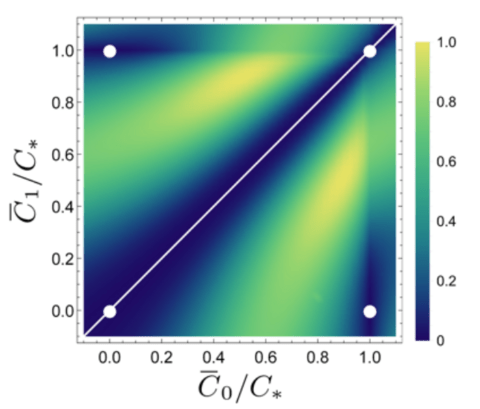Operating noisy quantum computers
Joel Wallman, University of Waterloo
Significant global efforts are currently underway to build quantum computers. The two main goals for near-term quantum computers are finding and solving interesting problems in the presence of noise and developing techniques to mitigate errors. In this talk, I will outline and motivate an abstraction layer needed to reliably operate quantum computers under realistic noise models, namely, a cycle consisting of all the primitive gates applied to a quantum computer within a specified time period.
